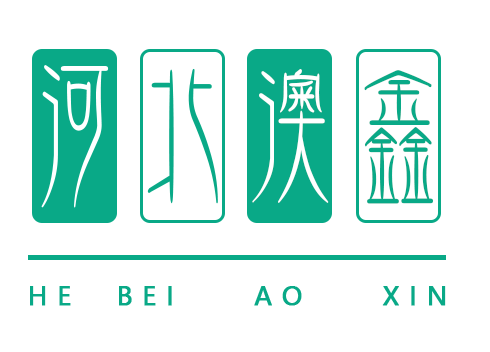
Oct . 07, 2025 07:50 Back to list
Best Camping Picnic Mat: Waterproof, Large, Portable?
If you’re shopping for a camping picnic mat, you’ve probably noticed the market has exploded—lighter fabrics, smarter coatings, and a flood of “waterproof” claims. I’ve been testing outdoor textiles for years and, to be honest, the difference between a soggy afternoon and a great one often comes down to fabric chemistry and stitching, not flashy patterns.
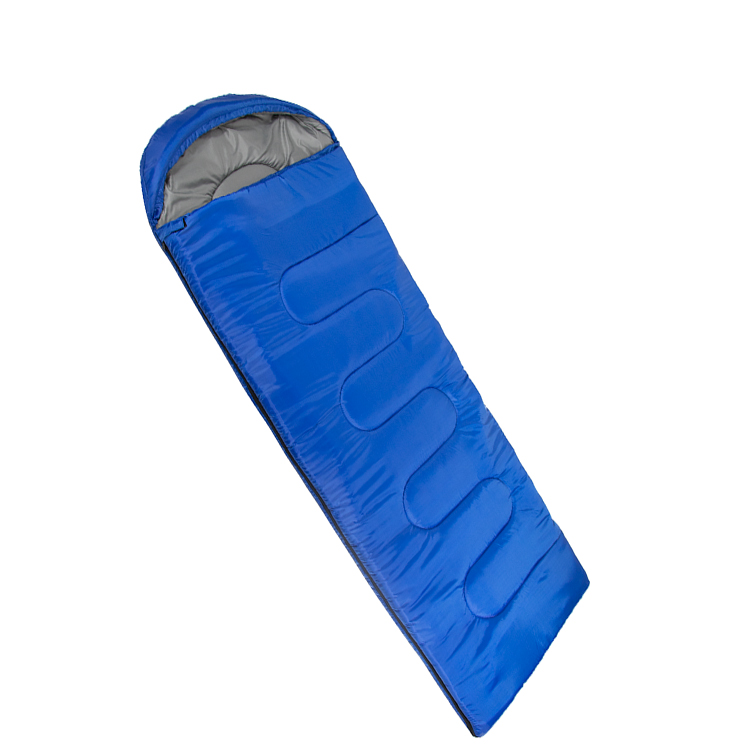
Industry trends you’ll actually notice on the grass
Two things dominate: recycled 190T or 210D polyester with PFC-free DWR, and cushioned cores (often 200–300 GSM wadding or XPE foam) for insulation from cold ground. Brands are moving from PVC to PEVA or TPU backings for lower odor and better foldability. Hydrostatic head ratings ≈1500–3000 mm (ISO 811) are becoming baseline for a serious camping picnic mat. Surprisingly, weight is dropping while durability (Martindale abrasion 15k–30k cycles) is inching up.
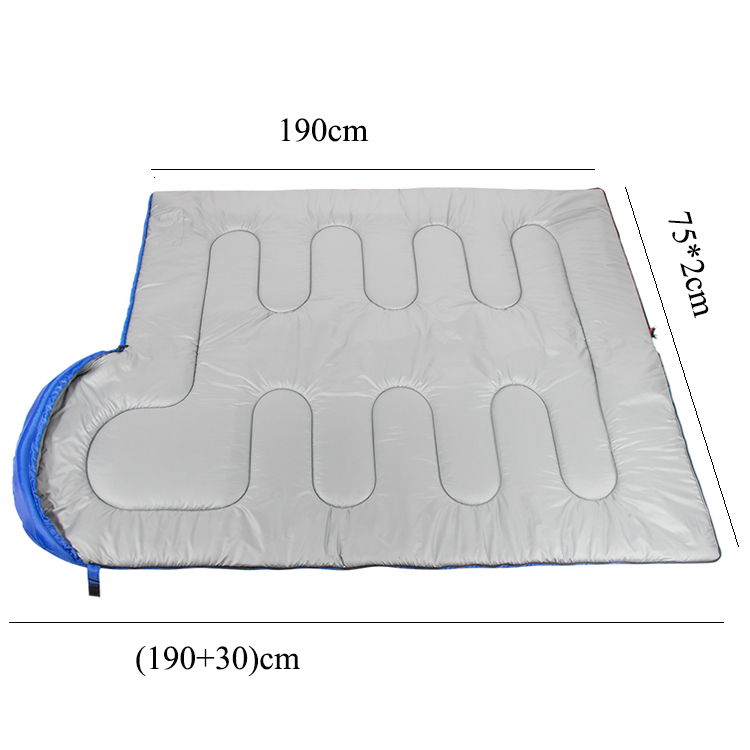
Spec snapshot (built like a sleeping bag, used as a mat)
This spec draws from a factory line that also makes the “Customized Outdoor Camping Cotton Sleeping Bag” in Hebei—smart because the same quilting and water-repellent fabric works beautifully in a mat.
| Item | Typical Value (≈, real-world may vary) |
|---|---|
| Top Fabric | 190T Polyester W/R-Cire, PFC-free DWR |
| Core/Filling | ≈280 GSM polyester wadding (sleeping-bag grade) |
| Backing | PEVA or TPU film, 0.10–0.20 mm |
| Size | ≈200 × 150 cm open; folds to tote |
| Water Resistance | ISO 811: 1500–3000 mm HH |
| Abrasion | ASTM D4966: 20,000–30,000 cycles |
| Colorfastness | AATCC 16: Grade 4–5 (≈) |
| Certifications | OEKO-TEX Standard 100 fabric options; REACH compliant |

Process flow and testing
Materials are cut from 190T W/R-cire rolls, quilted with ≈280 GSM wadding, laminated to PEVA/TPU, then edge-bound. Seams use SSa-1 class with reinforced corners. QC checks include ISO 811 hydrostatic head, AATCC 22 spray rating, ASTM D2261 tear strength, and dimensional tolerances ±1%. In typical weekend use, a good camping picnic mat lasts 3–5 seasons; heavy festival use, maybe 2–3.
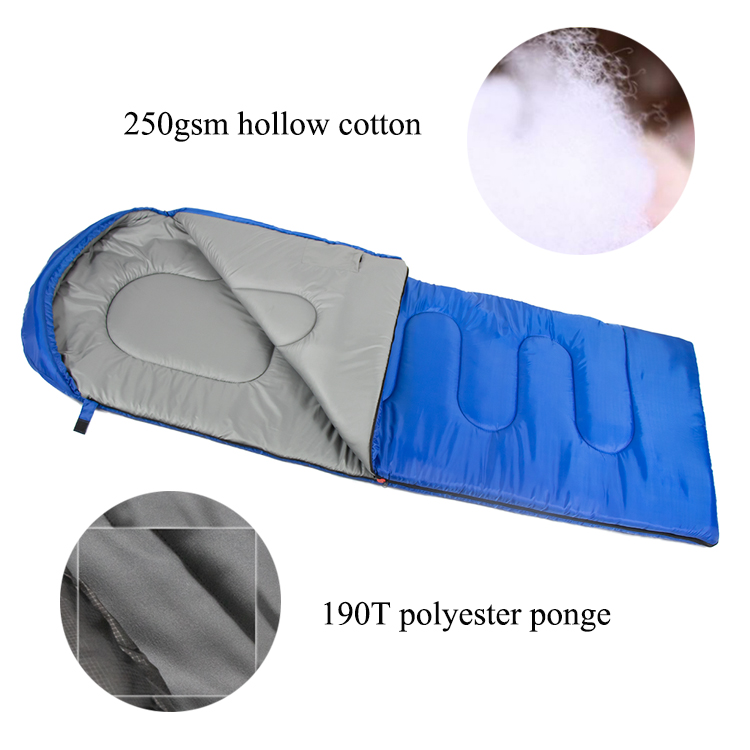
Where it shines
Beach days, damp park lawns, tailgates, kids’ sidelines, tent footprints, even as a pet travel pad. Many customers say they didn’t expect the thermal comfort difference until sitting on frosty grass—wadding matters.
Vendor landscape (quick take)
| Vendor | Strengths | Trade-offs |
|---|---|---|
| Hebei Aoxin (No. 516-1, Quannan East St., Xiangdu, Xingtai) | Sleeping-bag grade materials; customization; ISO/third-party testing | MOQ applies; lead time 25–35 days in peak season |
| Generic importers | Low price; ready stock | Specs vary; inconsistent DWR and backing adhesion |
| Boutique makers | Design-forward; small-batch QC | Higher cost; limited volume capacity |

Customization and real-world feedback
Logos via heat-transfer or silkscreen, edge binding in brand colors, and sizes up to family-style 220 × 200 cm are common. One EU distributor switched from PVC to TPU backing and reported a 38% drop in odor-related returns and fewer cold-ground complaints. Another retailer told me their customers favored darker tops (hide stains) and light backings (less heat absorption on sand)—a small detail, big satisfaction.
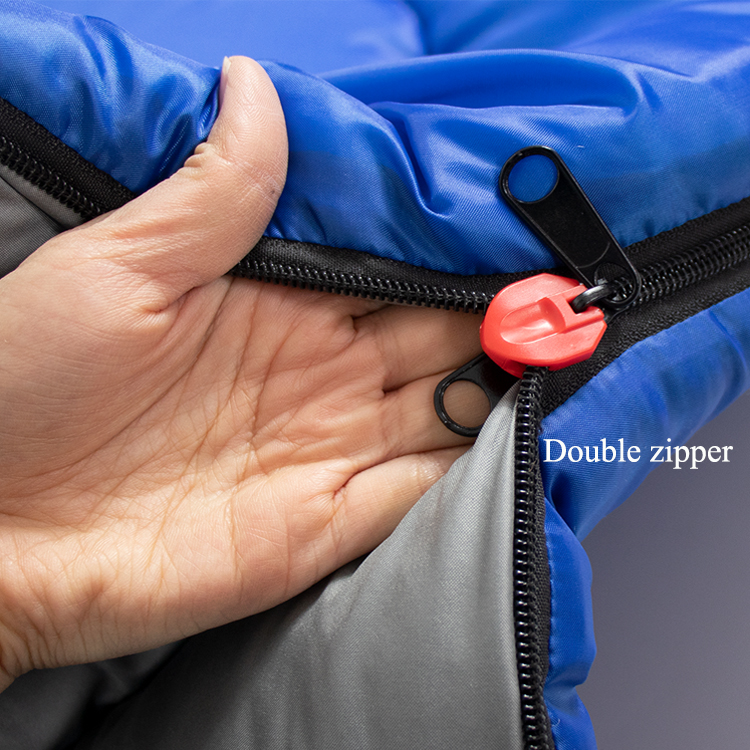
Buying checklist
- Ask for ISO 811 hydrostatic head and ASTM abrasion numbers.
- Confirm DWR is PFC-free and fabric is OEKO-TEX compliant.
- Check quilt stitching density; sparse quilting shifts wadding.
- Look for reinforced corners and bound edges; picnic life is rough.
In short, a well-built camping picnic mat borrows the best bits from cold-weather sleeping bags—water resistance, structured insulation, and tough seams—without the bulk.
- ISO 811: Textile fabrics — Determination of resistance to water penetration (Hydrostatic pressure test).
- OEKO-TEX Standard 100 — Product class criteria and restricted substances list.
- ASTM D4966 — Standard Test Method for Abrasion Resistance of Textile Fabrics (Martindale Abrasion).
- Outdoor Industry Association, Camping & Outdoor Participation Trends Report, 2024.
-
Durable Outdoor White Tents for Global Use | Hebeiaoxin
NewsNov.24,2025
-
Outdoor Pop Up Tents – Ultimate Guide to Portable Shelter Solutions
NewsNov.23,2025
-
Explore Durable and Stylish Woven Picnic Rug Pink – Comfort Meets Sustainability
NewsNov.21,2025
-
Custom Printed Picnic Rug – Durable, Eco-Friendly & Fully Personalized Outdoor Rugs
NewsNov.21,2025
-
Discover Durable Canvas Picnic Rugs with Tassels – Stylish, Sustainable Outdoor Essentials
NewsNov.20,2025
-
Discover the Charm and Sustainability of Picnic Rug Boho Woven Designs
NewsNov.19,2025
